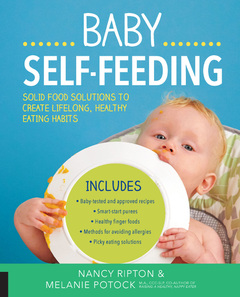Nightmares, Night Terrors and Nighttime Fears

If your child’s sleep is disrupted by nightmares and fear, it can affect her mood, behavior, health, memory and growth. Here’s what you can do to solve these common childhood sleep disrupters:



If your child’s sleep is disrupted by nightmares and fear, it can affect her mood, behavior, health, memory and growth. Here’s what you can do to solve these common childhood sleep disrupters:

The first month of life is exhausting for parents, says Dr. Cathryn Tobin, author of the Lull-A-Baby Sleep Plan. Your baby can’t tell the difference between day and night and needs to be fed every two to four hours. When it comes to sleep, it’s survival mode. But once you’re through that initial rough patch, it is possible to teach her to sleep through the night. Here’s how.

Water breaks, bathroom visits, one more story and pleas for kisses. Our children’s appeals to extend bedtime can seem endless. According to a study by the National Sleep Foundation stalling bedtime is the number one sleep complaint amongst parents. “My four-year-old Lydia’s bedtime bargaining power can sometimes last until I’m ready to call it a night,” says Mississauga-based mom Esther Czyrski. While all parents can admit that requests for hugs and kisses may start out cute, most of the time we just want bed time to go smoothly so we can relax with a few well-deserved quiet time before we retire.

Whether you’re spending the day at the beach or heading off to yet another summer BBQ, chances are your child is no longer on a regular sleep schedule. Here’s how to maintain nap and bedtime routines so your child gets enough sleep in the summer.

There’s a reason all newborns are swaddled in the hospital: babies love to sleep when they're swaddled in a blanket. Why? A tight swaddle inhibits their startle reflex by gently restricting arm and leg movement, helping babies have longer, uninterrupted sleep.